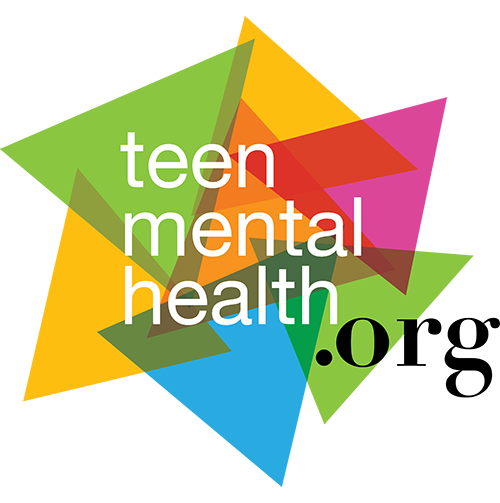Self-Harm

Self-Injury or Self-Harm is an unhealthy coping strategy often used to deal with overwhelming emotions.
Self-harm is not an attempt to die and it is not the same as suicide, however, self-harm may lead to unintentional death.
Someone who self-injures usually needs to learn new healthy coping strategies (often in counseling or therapy) before they are able to stop self-harming.
Warning Signs:
- Unexplained or poorly explained cuts, burns, bruises, or scratches, especially on the arms, legs or stomach
- Clothing that isn’t appropriate for the weather or situation but covers most of their body (for example, long sleeves and pants on a very hot day)
- Hoarding razors/knives and other objects that could be used for self-injury
For More Information:
Understanding Self-Injury / Self-Harm


